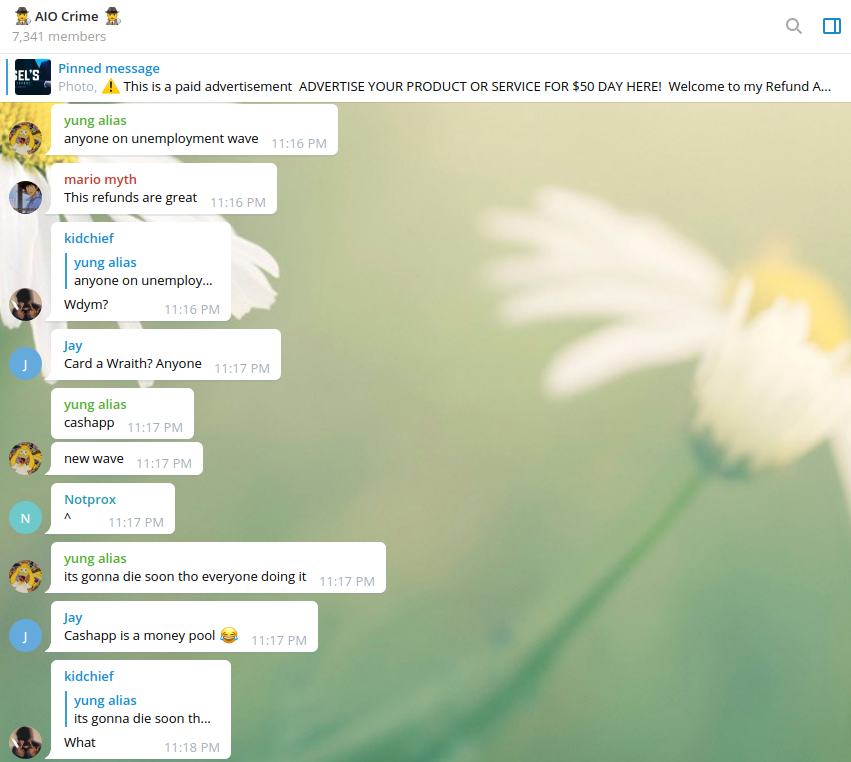Report: ATM Skimmer Gang Had Protection from Mexican Attorney General’s Office
A group of Romanians operating an ATM company in Mexico and suspected of bribing technicians to install sophisticated Bluetooth-based skimmers in cash machines throughout several top Mexican tourist destinations have enjoyed legal protection from a top anti-corruption official in the Mexican attorney general’s office, according to a new complaint filed with the government’s internal affairs division.
As detailed this week by the Mexican daily Reforma, several Mexican federal, state and municipal officers filed a complaint saying the attorney general office responsible for combating corruption had initiated formal proceedings against them for investigating Romanians living in Mexico who are thought to be part of the ATM skimming operation.

Florian Tudor (right) and his business associates at a press conference earlier this year. Image: Reforma.
Reforma said the complaint centers on Camilo Constantino Rivera, who heads the unit in the Mexican Special Prosecutor’s office responsible for fighting corruption. It alleges Rivera has an inherent conflict of interest because his brother has served as a security escort and lawyer for Floridan Tudor, the reputed boss of a Romanian crime syndicate recently targeted by the FBI for running an ATM skimming and human trafficking network that operates throughout Mexico and the United States.
Tudor, a.k.a. “Rechinu” or “The Shark,” and his ATM company Intacash, were the subject of a three part investigation by KrebsOnSecurity published in September 2015. That series tracked the activities of a crime gang which was rumored to be bribing and otherwise coercing ATM technicians into installing Bluetooth-based skimming devices inside cash machines throughout popular tourist destinations in and around Mexico’s Yucatan Peninsula — including Cancun, Cozumel, Playa del Carmen and Tulum.
In 2018, 44-year-old Romanian national Sorinel Constantin Marcu was found shot dead in his car in Mexico. Marcu’s older brother told KrebsOnSecurity shortly after the murder that his brother was Tudor’s personal bodyguard but at some point had a falling out with Tudor and his associates over money. Marcu the elder said his brother was actually killed in front of a new apartment complex being built and paid for by Mr. Tudor, and that the dead man’s body was moved to make it look like he was slain in his car instead.
On March 31, 2019, police in Cancun, Mexico arrested 42-year-old Tudor and 37-year-old Adrian Nicholae Cosmin for the possession of an illegal firearm and cash totaling nearly 500,000 pesos (~USD $26,000) in both American and Mexican denominations. Two months later, a judge authorized the search of several of Tudor’s properties.
The Reforma report says Rivera’s office subsequently initiated proceedings against and removed several agents who investigated the crime ring, alleging those agents abused their authority and conducted illegal searches. The complaint against Rivera charges that the criminal protection racket also included the former chief of police in Cancun.
In September 2019, prosecutors with the Southern District of New York unsealed indictments and announced arrests against 18 people accused of running an ATM skimming and money laundering operation that netted $20 million. The defendants in that case — nearly all of whom are Romanians living in the United States and Mexico — included Florian Claudio Martin, described by Romanian newspapers as “the brother of Rechinu,” a.k.a. Tudor.
The news comes on the heels of a public relations campaign launched by Mr. Tudor, who recently denounced harassment from the news media and law enforcement by taking out a full two-page ad in Novedades, the oldest daily newspaper in the Mexican state of Quintana Roo (where Cancun is located). In a news conference with members of the local press, Tudor also reportedly accused this author of having been hired by his enemies to slander him and ruin his legitimate business.

A two-page ad taken out earlier this year in a local newspaper by Florian Tudor, accusing the head of the state police department of spying on businessmen in order to extort and harass them.
Obviously, there is no truth to Tudor’s accusations, and this would hardly be the first time the reputed head of a transnational crime syndicate has insinuated that I was paid by his enemies to disrupt his operations.
Next week, KrebsOnSecurity will publish highlights from an upcoming lengthy investigation into Tudor and his company by the Organized Crime and Corruption Reporting Project (OCCRP), a consortium of investigative journalists operating in Eastern Europe, Central Asia and Central America.
Here’s a small teaser: Earlier this year, I was interviewed on camera by reporters with the OCCRP, who at one point in the discussion handed me a transcript of some text messages shared by law enforcement officials that allegedly occurred between Tudor and his associates directly after the publication of my 2015 investigation into Intacash.
The text messages suggested my story had blown the cover off their entire operation, and that they intended to shut it all down after the series was picked up in the Mexican newspapers. One text exchange seems to indicate the group even briefly contemplated taking out a hit on this author in retribution.
The Mexican attorney general’s office could not be immediately reached for comment. The “contact us” email link on the office’s homepage leads to a blank email address, and a message sent to the one email address listed there as the main contact for the Mexican government portal (gobmx@funcionpublica.gob.mx) bounced back as an attempt to deliver to a non-existent domain name.
Further reading:
Alleged Chief of Romanian ATM Skimming Gang Arrested in Mexico
Tracking a Bluetooth Skimmer Gang in Mexico










